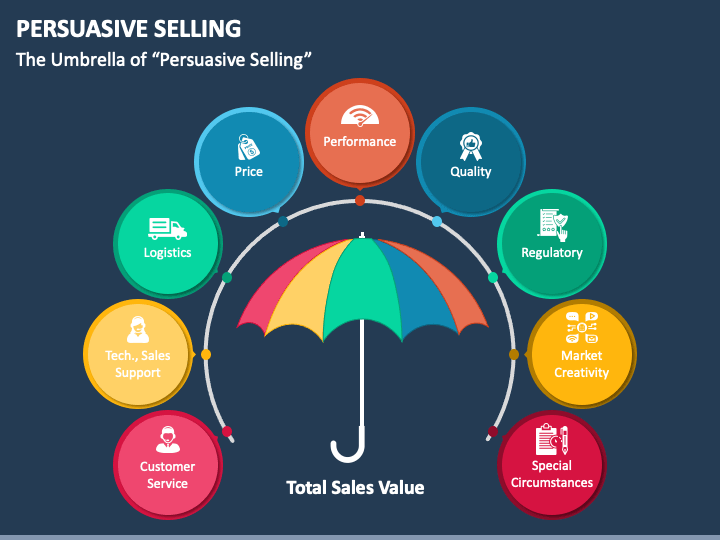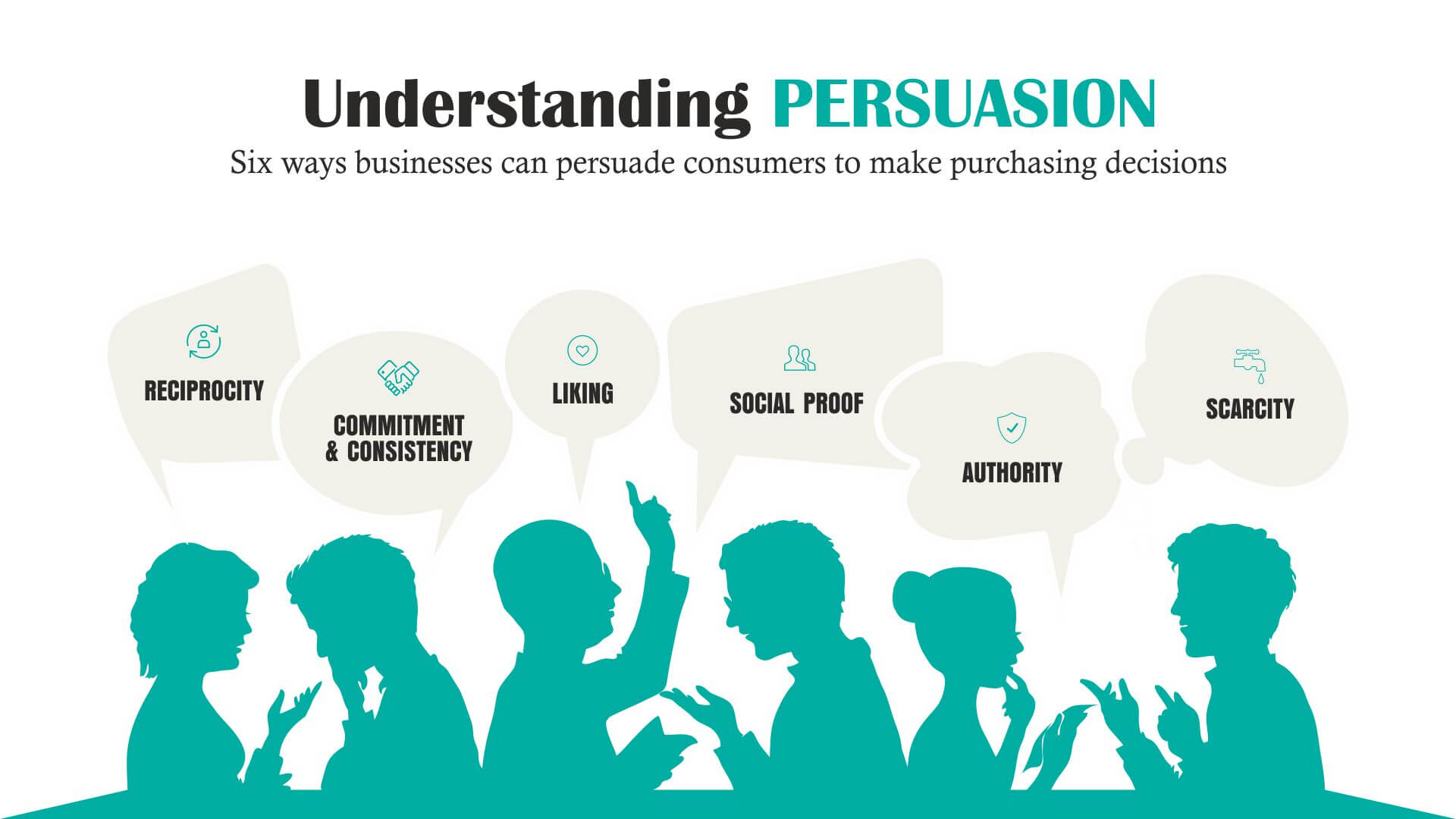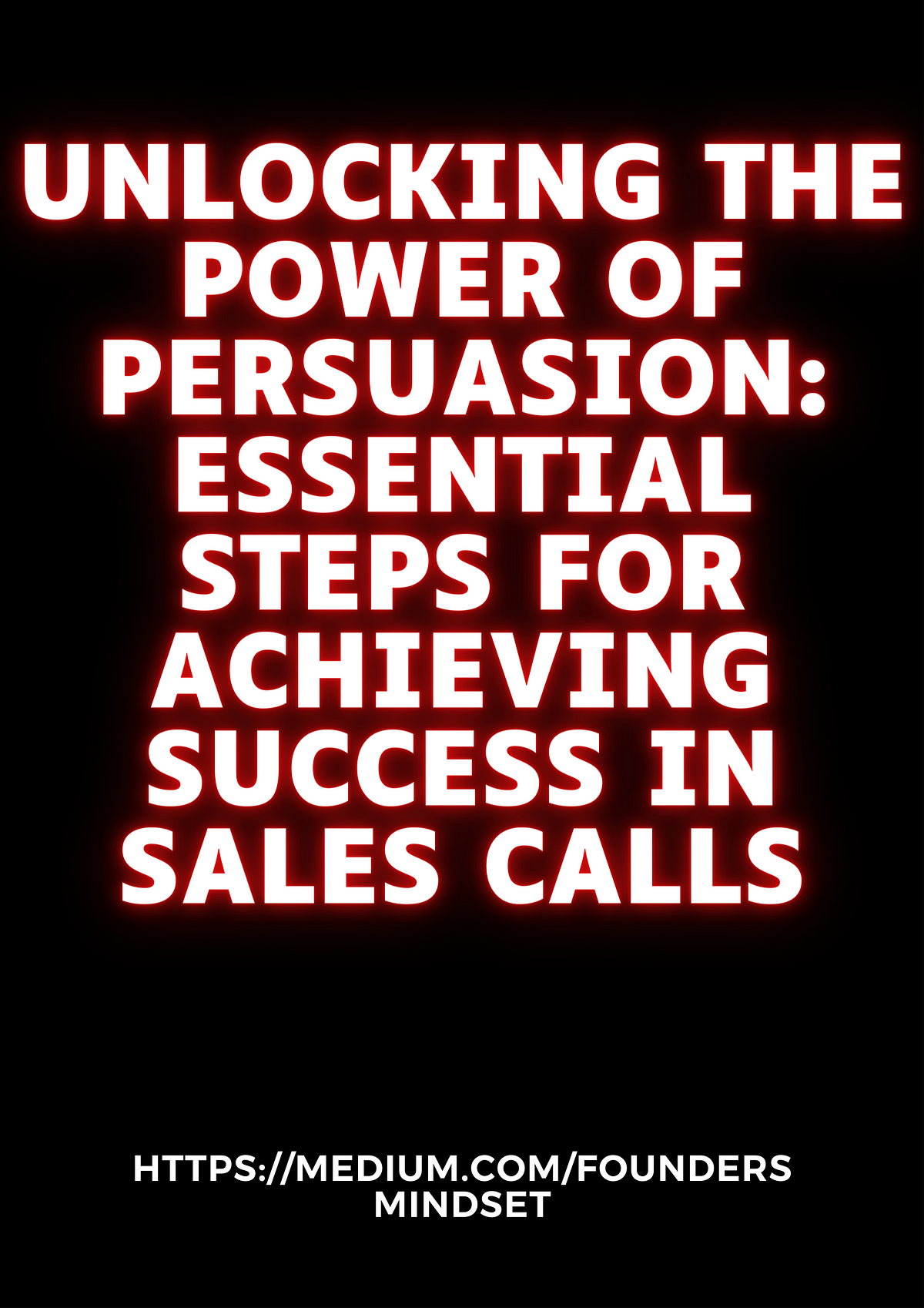Unlocking the Power of Persuasion: A Guide to Selling Your Product or Service

As an architect and interior design expert, I’ve helped countless people build their dream homes and spaces. But beyond the aesthetics, I’ve also learned the art of persuasion – of understanding what truly motivates people to make a purchase. This knowledge is crucial for anyone looking to sell their product or service, whether it’s a tangible good or an intangible experience.
To help you effectively communicate the value of your offering, let’s dive into the core principles of persuasion and apply them to your specific situation.

1. Understanding Your Ideal Customer:
Before we talk about features and benefits, we need to understand who you’re trying to reach. This requires a deep dive into your ideal customer profile. Ask yourself:
- Demographics: Age, gender, location, income, education level, family size, occupation.
- Psychographics: Values, beliefs, lifestyle, interests, hobbies, aspirations, fears, pain points.
- Needs and Wants: What problems do they face? What desires do they have? What are their goals?


Example: Imagine you’re selling a high-end kitchen appliance. Your ideal customer might be a busy professional couple in their 30s with young children, who value quality, convenience, and healthy eating.

2. Defining Your Unique Selling Proposition (USP):
Once you understand your target audience, you need to identify what makes your product or service unique and desirable in the market. This is your Unique Selling Proposition (USP).

Example: Continuing with the kitchen appliance, your USP could be:
- Time-saving features: "Our appliance can cook a healthy meal in 15 minutes, perfect for busy families."
- High-quality materials: "Made with durable, premium materials for lasting performance."
- Innovative technology: "Our smart technology allows you to control your appliance remotely, ensuring your food is always cooked to perfection."



3. Emphasizing Features and Benefits:
Now that you know your USP, it’s time to translate your product’s features into tangible benefits for your customers. Features are the technical specifications, while benefits are the positive outcomes for the user.

Example:
| Feature | Benefit |
|---|---|
| Stainless steel construction | Durable and easy to clean |
| Multiple cooking modes | Versatility to cook a wide variety of dishes |
| Large capacity | Can cook meals for the whole family |
| Energy-efficient design | Saves money on your energy bills |
4. Using Powerful Language:
The way you communicate features and benefits is crucial. Use action verbs, specific details, and emotional language to create a compelling narrative.
Example:
- Instead of: "Our appliance has a timer."
- Say: "Our appliance’s timer lets you set it and forget it, ensuring your food is cooked perfectly every time."
5. Addressing Pain Points:
Understand your customers’ challenges and frustrations. Show how your product or service can solve their problems and make their lives easier.
Example:
- Problem: "I don’t have time to cook elaborate meals."
- Solution: "Our appliance lets you prepare delicious, healthy meals in minutes, even on busy weeknights."
6. Building Trust and Credibility:
Customers need to trust you and your product. Use social proof, testimonials, guarantees, and case studies to demonstrate your credibility and build confidence.
Example:
- "9 out of 10 customers recommend our appliance."
- "Our appliance is backed by a 5-year warranty."
- "Read what our satisfied customers have to say about our product."
7. Creating a Compelling Call to Action:
Don’t leave your customers hanging! Tell them exactly what you want them to do next. Use clear and concise calls to action (CTAs).
Example:
- "Order your appliance today and receive a free recipe book!"
- "Schedule a consultation to learn more about our services."
- "Visit our website to see our latest promotions."
8. Adapting Your Message:
Remember that your communication should be tailored to the specific audience you’re targeting. Consider the platform, context, and tone of your message.
Example:
- Website: Focus on providing detailed information and showcasing product features.
- Social media: Use engaging visuals and short, punchy copy.
- Email marketing: Personalize your message and offer exclusive deals.
9. Continuously Evaluating and Refining:
The art of persuasion is an ongoing process. Continuously monitor your results, analyze your data, and make adjustments to your messaging and approach based on what works best.
Example:
- Track your website traffic and conversion rates.
- Analyze customer feedback and reviews.
- Run A/B tests to compare different versions of your marketing materials.
By applying these principles, you can effectively communicate the value of your product or service to your ideal customers and drive sales. Remember, it’s not just about the features, it’s about the benefits they deliver.




